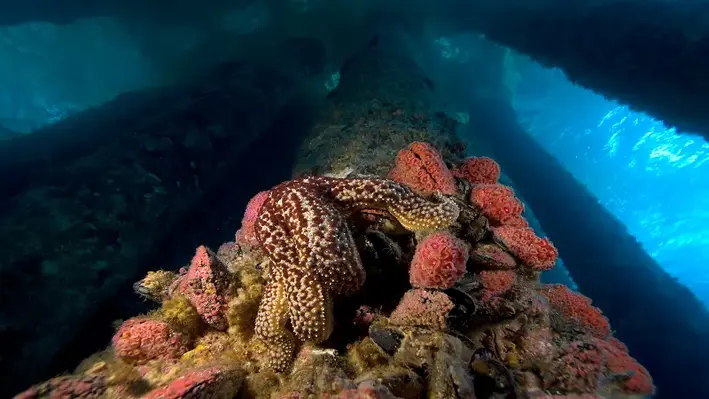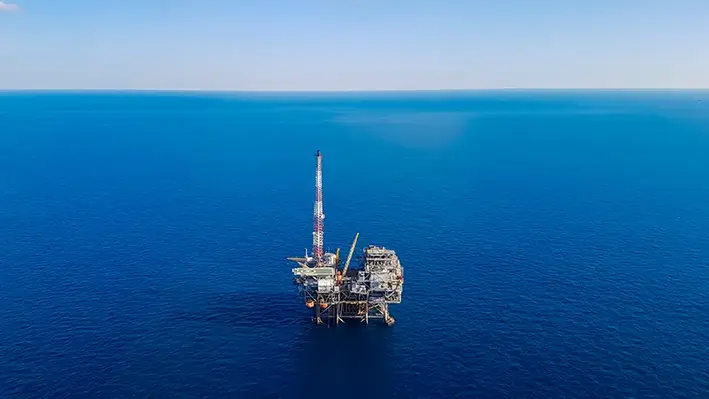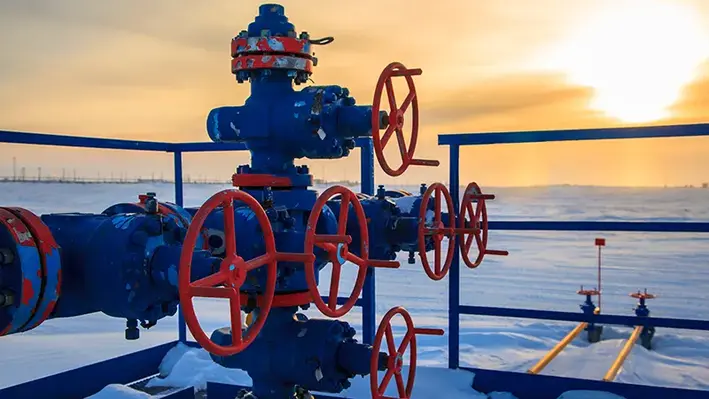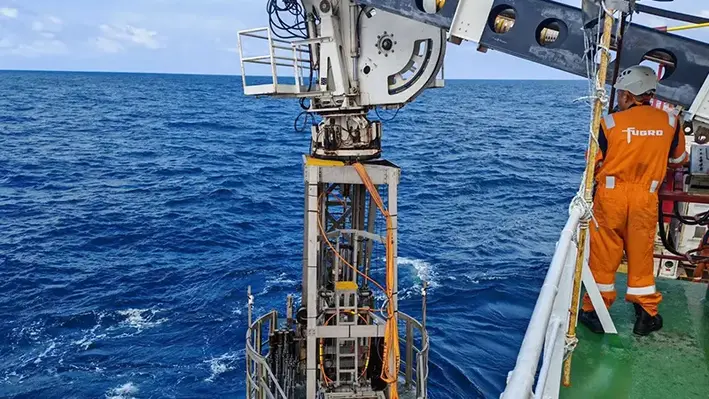 A recent report by the Australian Academy of Technological Science and Engineering on offshore oil and gas decommissioning highlights technologies that can facilitate alternative uses for in situ decommissioned platforms.
A recent report by the Australian Academy of Technological Science and Engineering on offshore oil and gas decommissioning highlights technologies that can facilitate alternative uses for in situ decommissioned platforms.
As the report points out, in situ decommissioning and repurposing of infrastructure can preserve marine ecosystems, reduce decommissioning requirements, and mitigate the risks of transporting invasive species. Such alternative uses can include rigs-to-reefs, commercial fishing, tourism, maritime logistics, alternative energies, coastal surveillance and research. Some of these approaches are already being used or planned in the Gulf of America. However, it is important to ensure that legal and regulatory issues, as well as technical challenges such as preserving structural integrity, are adequately addressed to ensure the long-term viability of repurposed assets.
Infrastructure that is intended to be repurposed will need to be prepared accordingly, assuming all the regulatory approvals have been obtained, to include ensuring integrity of the structure, removing or containing any contaminants to ensure there are no leaks throughout the lifespan of the repurposed facility, and continuous monitoring to mitigate against any ongoing risks.
Measures can include geotextile wrapping to protect against corrosion and guard against potential contaminant release; and stabilisation and encapsulation of contaminants to ensure their long-term containment and prevent leakage.
As would have been the case with the original facility, ensuring integrity of the repurposed structure for its proposed lifespan will be crucial. Approaches can include reinforcing infrastructure such as concrete and steel to boost structural integrity and extend lifespan, particularly where re-use purposes require topside refurbishing with heavy equipment; advanced anti-corrosion coatings and treatments; and capping and plugging for long-term well integrity.
Continuous monitoring of the infrastructure itself as well as the sea and ecosystem surrounding it is crucial to preserve the local marine environment. Here, autonomous systems and sensor technologies capable of providing real-time data to facilitate prompt remediation when necessary can come into play. Miniaturised sensors using nanotechnology dispersed throughout the marine environment can collect data on various parameters such as water quality, pollutants, and biological indicators. Genetically engineered microorganisms or synthetic biological systems could be designed to detect specific pollutants or environmental changes in real-time.
Advanced machine learning algorithms could be integrated into monitoring systems to analyse vast amounts of data and identify anomalies that could indicate environmental disturbances or hazards. These algorithms would continuously learn from historical data and real-time observations to improve their accuracy in detecting abnormal conditions and trigger alerts.




